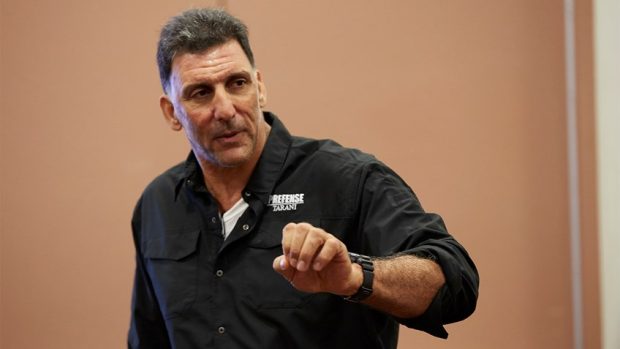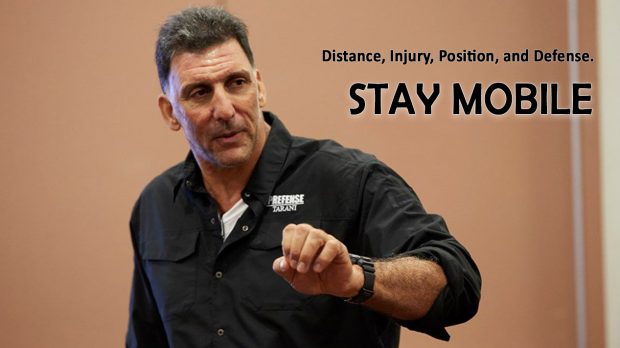*This is guest article from Steve Tarani and The Gun Mag Warehouse. The second knife fighting course I ever took as a student was taught by Steve more than 20 years ago. He is a tremendously gifted instructor with a unique perspective. I think you will enjoy the piece below.
– Greg
In the world of professional protection, when confronted with an active or potential threat of extreme physical violence the question arises “Is mobility essential to survivability?” The seasoned protective agent would respond “Yes” but why? Because movement provides an immediate and interim solution to addressing specific tactical problems such as distance, injury, position, and defense.
This can be applied specifically to an individual citizen or to that citizen’s own “protectee”: friend, loved one, innocent bystander, or someone else.
Distance and Injury
When a protective detail evaluates an active or potential threat scenario, the primary and most tactically sound response option is to move the team and more specifically their protectee(s), off the “X” (protection parlance for a dangerous physical location starting at time zero), because the ‘X’ identifying a high-threat area, is a very bad place for your protectee to be standing and the clock is ticking.
The maximum amount of allowable time on the “X” in the presence of a clear and present danger is calculated at less than two seconds. The reason is that it is the average amount of time someone can get a bead on you with a firearm or close the distance of ten yards (30 feet) with a non-ballistic weapon such as a knife or impact weapon.
Standing toe-to-toe exchanging lead with your assailant(s) provides no health benefits to yourself or your protectee(s). Removing your protectee(s) from the “X” is your highest priority in the event of an active threat. Stay too long on the “X” when engaged with a violent physical threat and you increase the probability of injury or even worse.
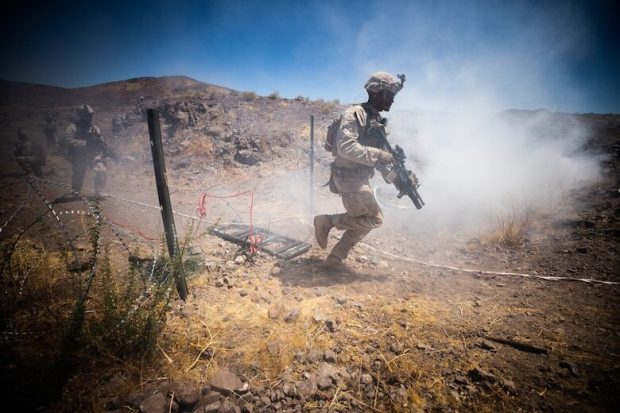
How you survive the “X” is to immediately unass that location and move to a greater distance from the threat and toward a safe area. Whether it’s a firearm or non-ballistic weapon threat, then staying mobile via rapid physical movement on foot or in a vehicle and continually putting space between yourself and the active threat makes you and your protectee far more difficult targets and significantly lowers the probability of incurring injury.
Physical Position
The highest priority in any active threat engagement is to move off the “X.” Even if there are reasons why you cannot create space such as a confined area like a hallway, crowded restaurant, restrictive clothing, responsible for (assigned to) little kids, the elderly etc., you must still stay mobile.
In the event where you cannot run or access ground transportation to create space, you still must move off the “X.” Distance may have been removed as an option, but you still have the confined area in which you are working to move around. However, you can still alter your position relative to the threat to place yourself in a more advantageous position.
Optimally you have three viable position changes: cover, concealment and the blindside or flank of the threat. Cover is movement behind anything solid enough to stop a bullet or a knife thrust. Concealment, although not as good as cover, obfuscates the attackers visual target alignment buying you more time. You can even create an obstruction by placing something between you and the threat such as a trash can, parked vehicle, or a crowd of people.
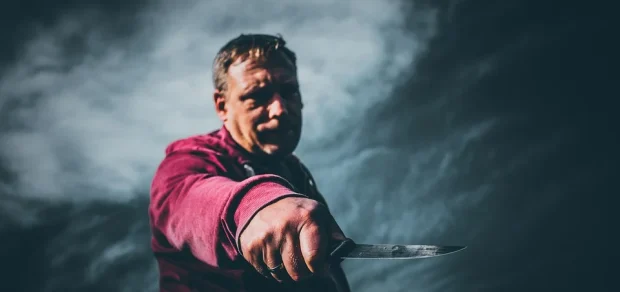
Moving behind the threat, creating obstructions or otherwise changing your location to a position where they must react to you, places you ahead of the action-reaction power curve as they must now react to you. Causing them to react to you buys you even more time and opportunity to solve the tactical problem.
Defense
Failing creating space or changing position you have the option to defend your current position by getting something in your hands like a firearm, edged, impact or improvised weapon. You can certainly defend a hallway or stair way behind good cover, but it is recommended that you stay mobile and constantly be searching for or creating a way out. Staying mobile, even when mounting a physical defense makes you a more difficult target.
If a cascading series of undesired events has collapsed your team into a situation so bad that you need to revert to hard skills like a gun or non-ballistic weapon, then you must have the requisite mental toughness, combative mindset and skill at arms to meet the high demands of a violent physical altercation.
Distance is your friend as it makes you a more difficult target and lowers your potential of incurring physical injury. If you are unable to change distance you still need to move off that ‘X’ so you can change position. Keep in mind you don’t have all day – when it comes to the ‘X’ you have only two seconds or less to change your physical location.
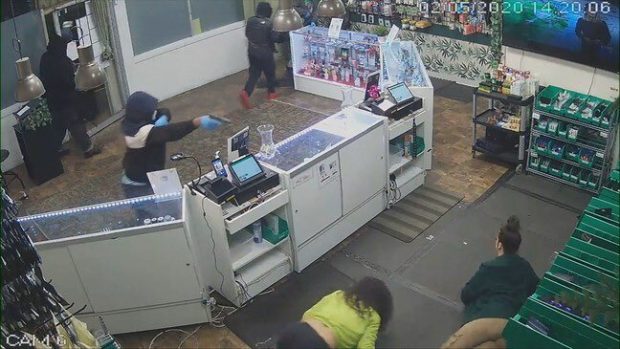
When it comes to physical protection, you always want to make yourself and your protectee(s) a hard target. Think about it in terms of target difficulty for an active threat. If a target is far away it is smaller in size so therefore takes a higher degree of technical skill to hit with a firearm. Now add movement to smaller size at distance and you’ve made yourself much harder to hit. Now add cover, concealment, obstructions and you’re your constantly changing physical position, exponentially increases target difficulty.
Mobility is a primary physical defense option. Loss of mobility transfers to a lower likelihood of survivability. Yes, you may have the requisite mental and physical skills to mount an effective defense hunkered down in place if it came down to it, but staying mobile provides you and protectee both a tactical advantage and a higher probability of survival.
About the Author: Steve Tarani is a former fulltime CIA protective programs employee, small arms and defensive tactics subject matter expert who served on POTUS 45 pre-election executive protection detail. He is the lead instructor for NRA’s non-ballistic weapons training program offered nationally. Tarani is also a DoD and FLETC-certified federal firearms instructor who has been on staff at Gunsite Academy (AZ) as a Rangemaster for over twenty years. Formerly sworn, he is also a former federal contractor and service provider for the US Defense Intelligence Community, US Naval Special Operations Command and other government agencies. Tarani additionally serves on the National Sheriffs’ Association Committee for School Safety and Security. He is a frequent contributor to numerous publication, including the Gospel of Soft Skills urban survival series for GunMag Warehouse.
